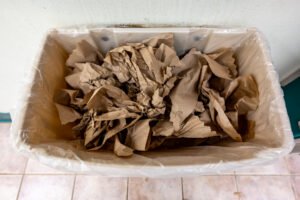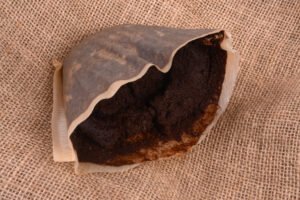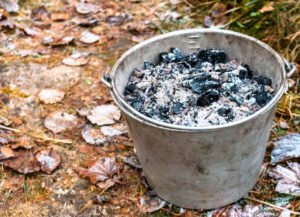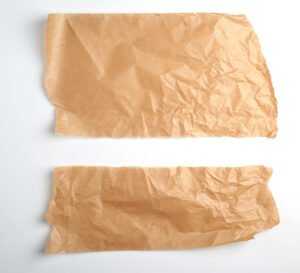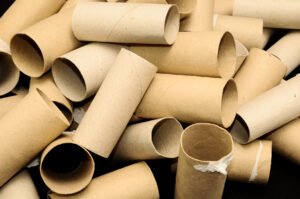Newspapers are a basic need. But since a new one is delivered to you daily, it is usual to find them stacked up on the bookshelf. You can surely use them for wrapping or cleaning, but today we’ll tell you how to make healthy humus from newspapers. So, can you compost newspapers? Let’s dig in!
Key Takeaways
- Newspapers can be composted as they add carbon and structure to the soil. But as they contain lignin, they break down slowly.
- For faster results, it’s best to compost newspapers through the Hot Composting and Vermicomposting methods, which are explained below!
- Newspaper compost helps retain soil moisture and has many other benefits that you must know about!
- Avoid composting glossy newspapers with colored inks, as they might contain toxic chemicals. For more crucial tips, uses, and pros of composting newspapers, continue reading!
How to Compost Newspaper
Most newspapers these days are made of soy-based inks and are safe to compost. Moreover, they add carbon to the compost and soak the excess moisture.
So you must consider composting newspapers which can be done through two very effective methods:
- Hot Composting
- Vermicomposting
1. Hot Composting Method
The hot composting method involves vigorous microbial action because of the high temperature, making it the most effective way to compost newspaper, paper products, and cardboard.
However, this method requires balancing elements like brown material, green material, air, and water in your compost bin.

Follow the below steps to compost newspaper through hot composting:
Step 1. Set Up the Compost Bin
Use a plastic bucket or buy a compost bin for composting. Ensure the bin has holes for aeration and drainage; if not, poke holes in the bottom.
Alternatively, you can make a heap using composting materials in the sunny corner of your garden.
Step 2. Shred the Newspaper
Shred the newspapers into 1-2 inch strips using a shredder or scissors to prevent the blockage of oxygen in the compost pile.
Step 3. Add Newspaper Strips to the Bin
Add the first layer of shredded newspaper to the bottom of the bin. You can also mix the shredded newspaper with other brown materials like yard waste, dry leaves, wood ash, sawdust, paper, and cardboard.
Step 4. Add Food Scraps
Make a firm layer of green materials, including finely chopped kitchen scraps like fruit and vegetable peels, eggshells, coffee grounds, and tea bags. You can also add fresh grass clippings to enhance the Nitrogen content in your compost pile.
Step 5. Repeat the Layers
Fill your bin with alternate layers of brown and green materials. Once you have used all the materials, seal them with a firm layer of soil.
Step 6. Maintain the Compost Pile
To ensure the composting process runs smoothly, you must maintain your compost pile’s moisture and oxygen level and mix it with a pitchfork.
If your compost pile leaks, add more dry, brown material. And if it’s dry, add more greens.
Once you make sure to follow all these steps, your finished compost will be ready within 2-3 months.
2. Vermicomposting Method
Because red wigglers love to eat and seek shelter in shredded paper, composting newspapers in worm bins is yet another excellent method.
Newspapers act as the bedding for vermicomposting and provide an excellent structure to the compost. In addition, they help absorb excess water from food waste.
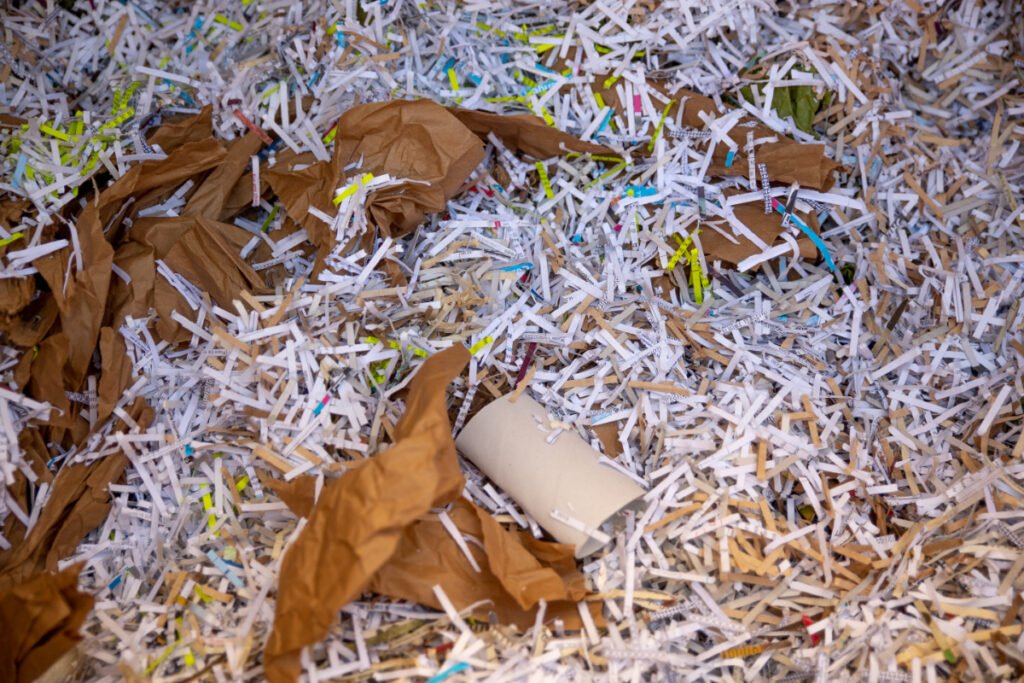
Follow these quick steps for composting newspapers via vermicomposting.
Step 1. Set Up the Worm Bin
To make a worm bin, take a plastic container and drill holes in it, or buy one from the shop. Then wrap it in wire mesh and set it under the sink or in a shady spot in your garden.
Step 2. Shred the Newspaper
Cut the old newspapers into small strips using a scissor or a shredder.
Remove any posters or glossy paper from between the newspapers to keep your compost from becoming toxic.
Step 3. Make the Bedding
Fill two-thirds of your worm bin by layering newspapers at the bottom. It should be fluffy so that the worms can move freely. Now dampen the layer and add soil on top.
Step 4. Add the Food Waste
Add chopped kitchen waste like fruit and vegetable peels, avocado pits, watermelon rinds, or pumpkins to the wormery.
Leave the composting stock to decompose for up to 2 weeks.
Step 5. Add Worms
Add a handful of red wigglers to your worm bin. They will start feeding on the freshly decomposed food and take shelter in the newspaper.
Step 6. Maintain the Worm Bin
Because worms cannot thrive in a dry environment, you must keep the worm bin moist and oxygenated enough. Cover it with damp gunny bags or corrugated cardboard, and replenish food waste as needed.
Vermicompost will be ready to harvest in 2 months under the right conditions.
Benefits of Composting Newspaper
Let us look at the core benefits of composting newspapers.
- Newspaper is an excellent source of carbon and keeps your compost pile healthy.
- It helps retain soil moisture and adds volume to the soil.
- The shredded newspaper helps prevent the compost from being compacted.
- It improves the structure of the finished compost.
- Newspaper is biodegradable and eco-friendly; composting is a great way to reduce the waste in landfills.
- It is a cheap source of compost and is easily available.
Additional Tips for Composting Newspaper
Like any other paper material, newspapers are compostable, but their lignin content makes the decomposition sluggish. So, here are a few useful tips to compost them effectively:
- Shred the newspaper before tossing them into the compost pile. If staked in the compost pile, the pile will not receive enough air and will turn moldy.
- Avoid using glossy and synthetic papers, as they might contain metallic extracts hazardous to the composting microbes. This includes magazines, posters, coupons, labels, pamphlets, etc.
- Avoid tossing too many newspapers at once as they may take too much time to decompose and block the oxygen. If you have excess newspapers, send them for recycling. This is, again, an eco-friendly method of dealing with waste.
- Mix newspapers with other brown materials like brown leaves, wood ash, and yard waste to give a nice structure to the compost.
- Add enough green materials to keep the compost pile from getting too dry.
Other Uses of Newspapers in the Garden
Composting newspapers is a good practice, but if you do not have a compost bin at your home, you can use newspapers in other ways too.
1. As a Seed Starter: You can use newspapers to make small pots to use as seed starters. You can twist them into small containers using a wooden mold or make containers with paper pulp.
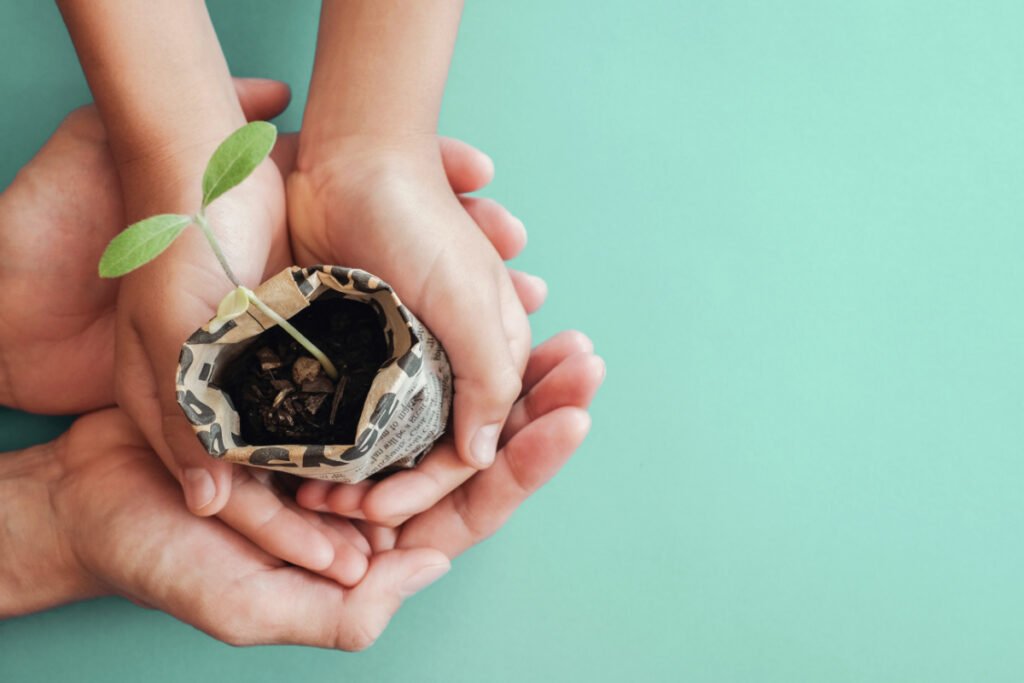
To make the containers from paper pulp, follow these steps.
- Cut newspapers into one-inch strips and soak them in water.
- After 24 hours, remove the soaked paper pulp and beat it evenly.
- Take small portions of paper pulp and squeeze water from it.
- Press the squeezed pulp inside a plastic cup to give shape to your container.
- Dry it for three days, then remove it from the cup. Fill the paper container with potting soil, and place your seeds carefully.
2. Lasagna or Sheet Mulch: Newspaper can be used as lasagna or sheet mulch. This is a method used to suppress weeds in your garden.
A newspaper sheet or cardboard is sandwiched between soil at the bottom and mulching materials like dry leaves, wood chips, pine needles, etc. These papers should be 1-2 layers thick and soaked with water.
3. As a Mulch: Newspaper reduces evaporation and is a good mulching material. Lay a 2-3 inch layer of shredded newspaper around your plants as a mulch and water it to prevent it from blowing away.
4. As a Trap for Insects: Nocturnal pests like slugs and earwigs hide under damp newspapers.
Wet the newspapers and lay them down in your garden to attract these pests during dusk and get rid of them in the morning.
5. To Store Flowers and Vegetables: You can use newspapers to protect flowers like dahlia and gladiolus from frost by wrapping newspaper around them.
Wrap vegetables like tomato, eggplant, and squash to extend their shelf-life after harvesting. Veggies stay fresh when they do not touch each other.
What kind of newspaper can be composted?
All types of newspapers except glossy paper can be composted. This is because the glossy paper contains toxic metals used to make dyes and is not safe for your compost.
How much newspaper do you put in compost?
When using the newspaper in your regular compost, mix two handfuls of shredded newspaper with other brown materials. If you use the newspaper in worm bins, shred them and fill 2/3rd of the bin at the bottom. When they are damp, they will make enough space for food scraps.
Is it better to recycle or compost newspapers?
Composting and recycling both have benefits. Composting can help reduce methane emissions and protect the earth from climate change. By recycling it, you can avoid deforestation by making new paper. So, if you have a small amount of paper waste, compost it; if there’s a lot, send it for recycling.
How long does it take for newspapers to compost?
It takes around 8-10 weeks for newspapers to decompose completely. Once all the materials become black soil-like, they are considered composted.
Is the ink used in newspapers toxic to compost?
No. The inks used in modern-day newspapers are entirely safe to compost as they are 100% made with natural ingredients like soy.
Is newspaper green or brown composting material?
Newspaper is considered brown material in composting and adds carbon to your compost.
Can you compost junk mail?
Yes, junk mail is made of natural materials used to make newspapers and thus is safe to compost.
Can you compost magazines?
No, most magazines have glossy paper coated with plastic or synthetic materials. Moreover, sometimes the colored ink used in magazines might be toxic. So it is better to keep magazines out of the compost bin and use them for recycling.
Newspapers hold a great place in your compost and worm bins as they are brown composting materials and add carbon to your compost. So next time, remember to compost the newspapers once you get all the news!
By now, you’ve probably wondered at least once that cardboard may also be compostable. So, let’s explore if you can compost cardboard and, if yes, how?


